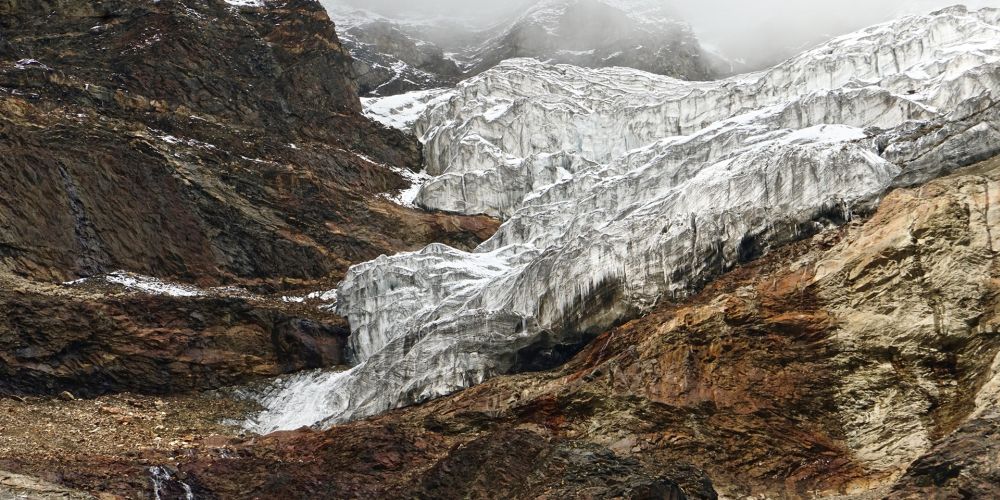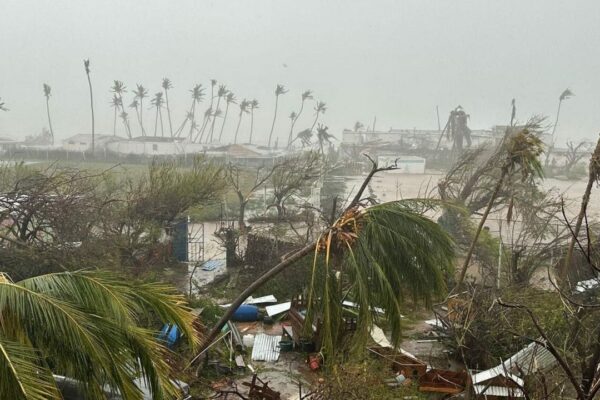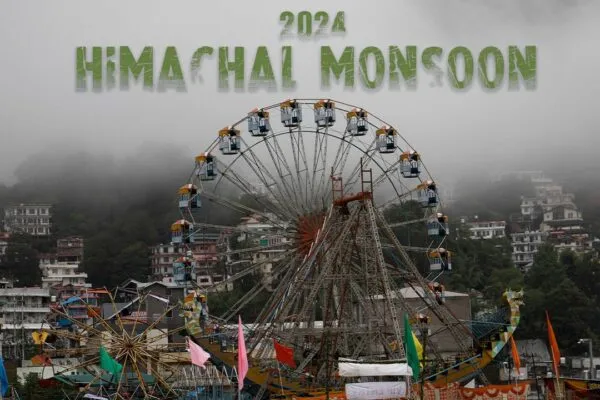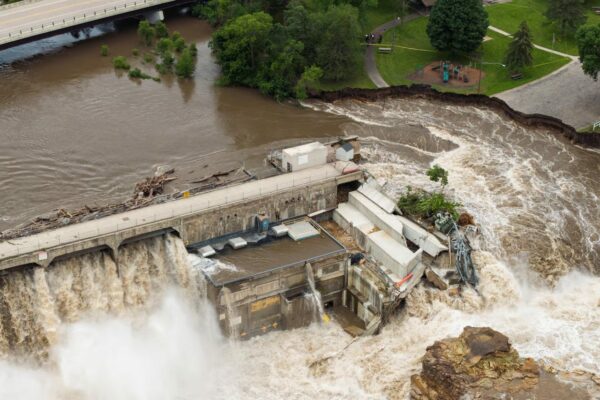Himalayan Glaciers Retreating at Frightening Pace, Gangotri Declining 15 Meters a Year
Through remote sensing data at a large scale, various institutes and universities are assessing the receding glaciers to pinpoint the calamities linked with the melting
With the rapidly changing climate, a majority of glaciers in the Himalayan region are retreating. Indian government conducted several studies that have revealed the alarming phenomenon of speedily melting across nine major glaciers in the country. These glaciers are receding at different rates, all of which are frightening for the Indian subcontinent.
The Indian Space Research Organization (ISRO) has provided information that the Gangotri glacier, which is one of the primary sources of the Ganges, has lost about 0.23 sq. km. area due to the retreat of the glacier in the time frame of 15 years from 2001-16.
These studies have been led by Geological Survey of India, Wadia Institute of Himalayan Geology (WIHG), National Centre for Polar and Ocean Research, National Institute of Hydrology, Space Application Centre, and Indian Institute of Science. All of these have observed accelerated heterogeneous mass loss in Himalayan glaciers.
Minister of Science & Technology Dr. Jitendra Singh recently said;
GSI has conducted studies on melting of the glaciers by assessment of mass balance on nine glaciers and also carried out monitoring the recession/ advancement of 76 glaciers in the Himalayan region. The majority of Himalayan glaciers are observed melting/ retreating at varying rates in different regions.
According to the Ministry of Earth Sciences, the mean retreat rate of Hindu Kush Himalayan glaciers is 14.9-15.1 meters per year. This frequency is 12.7-13.2 meters per year in Indus, 14.4-15.5 meters per year in Ganga, and 19.7-20.2 meters per year in Brahmaputra river basins. Other mass balance studies overseen by the University of Kashmir, Sikkim University, IISc, and WIHG for some Himalayan glaciers revealed similar data.

Image: Remote Lands
The WIHG has been observing a few glaciers in Uttarakhand. It was discovered that Dokriani Glacier in the Bhagirathi basin is declining at 15-20 meters per year since 1995, whereas Chorabari Glacier in the Mandakini basin has withdrawn at 9-11 meters per year for the in the duration of 2003-2017. Meanwhile, the Sutlej River basin is getting affected by a similar glacial withdrawal.
While climate change (the reason for this phenomenon) is staring us right in the face, the implications of melting glaciers in the Himalayas for the subcontinent may not be that obvious to the masses. The continued decline in glacier mass in the region will massively impact the water supply for rivers. Moreover, it will have multitudes of repercussions, including change in glacier basin hydrology, and impact on hydropower plants due to variation in discharge, flash flood, and sedimentation.
While these changes are being continuously monitored, there is nothing much that can be done because believe it or not, we are pretty much past the point of no return. Well, except for somehow subduing climate change, which we know is not looking that promising in any respect.
Via: India Today


